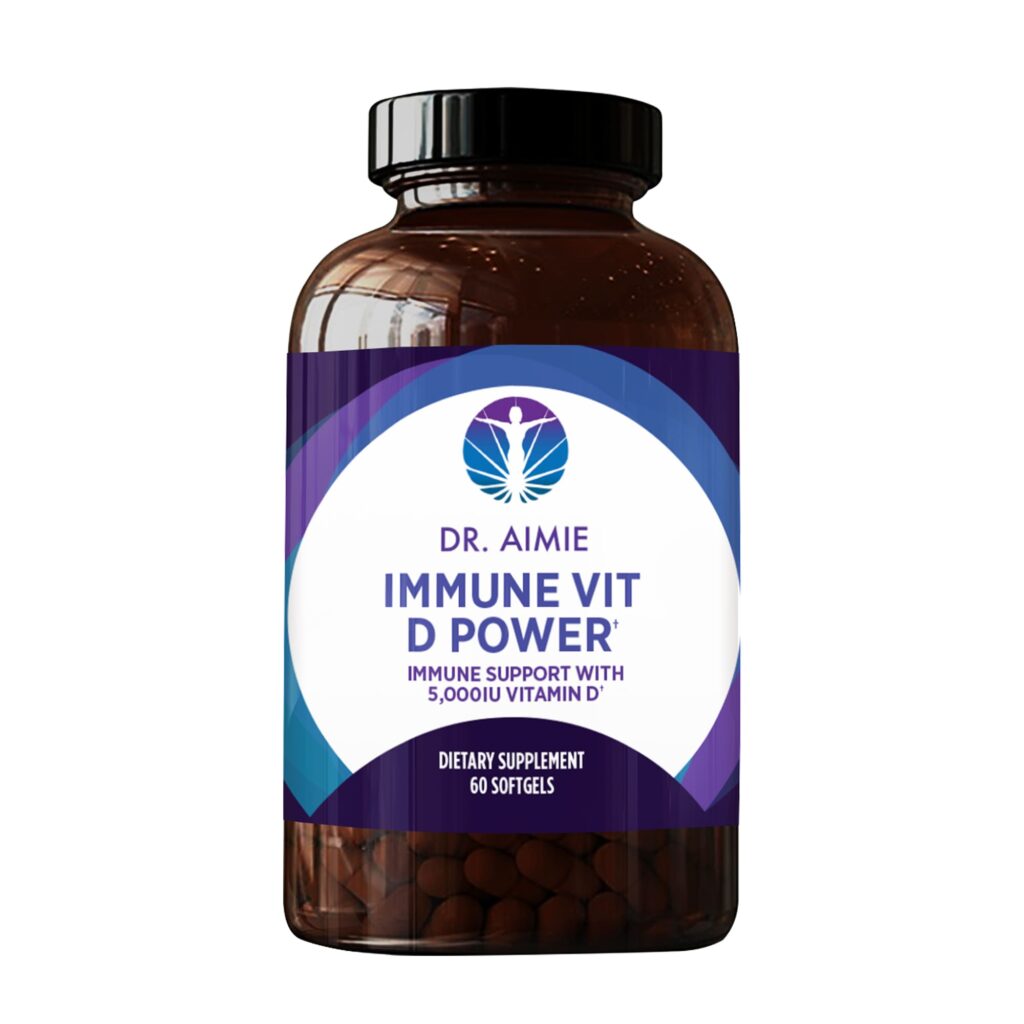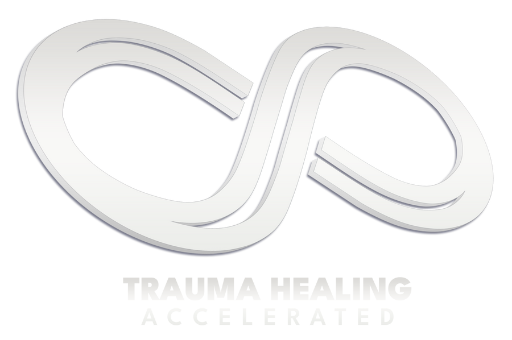
How Attachment Shapes Our Biology and Behavior


How Attachment Shapes Our Biology and Behavior
Ever wondered why we behave a certain way in relationships? Why do some people seem to crave closeness while others push people away?
The answer lies in our biology of attachment! What does that mean? These answers are deeply rooted in the workings of our nervous systems and early childhood experiences… as well as our biology!
Attachment is not a rigid concept with predefined boxes; it’s a complex, ever-evolving dance between our biology and environment.
I explain in my recent podcast, “There’s nothing bad about having an insecure attachment. But we do need to understand it because if we want to change it, we need to understand where we’re starting from.”
Are we ready to understand more on the biology of attachment?
The Nervous System: The Conductor of Attachment
Our attachment styles are linked to our nervous systems. Yet the nervous system is an intricate network that governs our body’s responses to the world around us.
From the moment we’re conceived, our nervous systems are shaped by our experiences, adapting to ensure our survival.
In the womb, we’re already attuned to our mother’s nervous system, picking up on her stress levels. We then form our first impressions of the world we’re about to enter.
I say in the podcast above as if I were in the womb, “If mom is always this stressed out, Ooh, I better get ready for a dangerous world.” This early programming in our biology sets the stage for how our nervous systems will adapt and respond to our environments outside of the womb.
The Role of Regulation
One of the most crucial factors in developing a secure attachment is the concept of regulation. As babies, we are born with no capacity to regulate our own nervous systems. So, we rely entirely on our caregivers to provide us with a sense of safety and stability.
What happens when they can’t do this?
When our need for regulation is consistently met, we develop a secure attachment style. Feeling confident that our needs will be met and our environment is safe.
However, when this need is not adequately fulfilled, our nervous system adapts by adopting insecure attachment strategies to cope.
The Physical and Emotional Impacts
The importance of understanding and addressing our attachment styles extends far beyond our romantic relationships.
Research has shown that insecure attachment styles can contribute to various physical health conditions, autoimmune diseases, and emotional challenges.
By taking the journey to rewire our attachment patterns, we not only improve our ability to form deep, fulfilling connections. We also promote overall well-being and resilience for our futures.
The Spectrum of Insecure Attachment
Insecure attachment is not a singular category. It’s more of a spectrum with varying degrees and manifestations. I want to challenge the traditional boxes of anxious, avoidant, and disorganized attachment styles, and recognize that our experiences are far more nuanced and fluid.
I see 6 different types of attachment pains in those I have worked with, and I will cover a couple of the attachment styles below!
For my 6 different attachment types, you can view my Attachment Pains Roadmap here!
The Anxious Attachment Style
Imagine a child who cannot let go, clinging to their caregiver for fear of being abandoned.
This is the essence of the anxious attachment style, where the nervous system is wired to seek constant attention and reassurance. Sound familiar?
This adaptation often stems from an environment where the caregiver is physically present but emotionally unavailable. This leads us to escalate our attempts to connect.
In my podcast above, I quote, “Let me bang my spoon harder on the counter. Let me throw my plate on the floor now. Right? How can I get more attention?” Our bodies still react this way today if we haven’t yet worked towards healing this part of ourselves.
The Avoidant Attachment Style
On the opposite end of the spectrum lies the avoidant attachment style. Here, a child learns to suppress their need for connection and become fiercely independent.
This adaptation is often a response to an environment where the caregiver is emotionally or physically unavailable. This type of environment leads us to conclude, “I cannot trust you to take care of me, so I’m going to do it myself.”
I share my personal experience with this attachment style, as well, “I came out of my childhood with a very strong avoidant insecure attachment.”
This adaptation can manifest as a strong pull toward the freeze response – where the nervous system shuts down to cope with the overwhelming feeling of being out of control. Our biology maintains that felt sense of un-safety until we can do something about it. Trust me, I would know!
The Journey to Earned Secure Attachment
The beautiful thing about attachment is that it is not set in stone.
Our nervous systems have an incredible ability to rewire and adapt. This allows us to move from an insecure attachment style to a secure one.
However, this journey is not an easy one. I will emphasize again as I do in my podcast, “It is hard work to rewire that. So when you get to a place where you’ve got a secure attachment, that is earned. You have earned that, hasn’t been given to you, wasn’t a free gift, you put in the work to make that happen.”
Are we ready to earn that security?
I do have a free gift for you, though, for making it here. You can follow my Attachment Trauma Roadmap for more information on how you can do some of the things discussed in my podcast.
The Path to Rewiring
Rewiring our attachment styles involves creating a new felt experience within our bodies. Creating one that fosters a sense of safety and containment.
This process can be facilitated through various modalities, such as somatic work and parts work. These address the biological underpinnings of our attachment patterns.
I would caution one thing, though! While techniques like EMDR and neurofeedback can be helpful for the pathways in the mind, they may not directly rewire the visceral, embodied experience of attachment.
The key is to create a new, felt sense of safety and support within our biology. This is the key to allowing our nervous systems to adapt to a different way of being in relationships. (Which is also the key to finding a secure attachment style.)
To make sure you have the support you need from your own biology before embarking on this journey, magnesium is my favorite starter supplement! You can find a great version here.
The Power of Parts Integration
One powerful approach to healing attachment wounds is through the lens of parts work.
All of our parts are there as a result of an experience that we have had that we had to adapt to, other than our true self. Our true self is above all of that.
We can begin to release the grip of those protective strategies and move towards a more integrated, secure sense of self.
How?
By understanding and integrating the parts of ourselves that adapted to our early environments.
For what to do before you process these stored emotions within your biology, watch my Youtube video on the subject here.
The Journey Continues
Attachment is a lifelong journey. It’s one that requires patience, self-compassion, and a willingness to explore the depths of our nervous systems and early experiences.
Let me remind us all: It’s earned because you’re going to put in the work.
By embracing this journey, we not only transform our relationships but also unlock a deeper understanding of ourselves. We also unlock the profound resiliency of our human spirits!
So, let us embark on this path, one step at a time, towards earned secure attachment and a life of deep connection and fulfillment.
As always, to your health and healing,
Dr. Aimie
Here’s what you will learn in the episode, "Struggling with Sleep? How to Regain Restful Nights":
- What are attachment adaptive styles
- One major adaptation in early life to inadequate regulation
- The role of our autonomic nervous system in attachment
- The body experience behind our attachment
- The limitations of certain modalities for the visceral experience of attachment
- What is the spectrum of insecure attachment
- The first step for earning a secure attachment as an adult
- How somatic and parts work can be used to help earn a secure attachment
Specific links mentioned in the podcast:
- Attachment Trauma Roadmap – A roadmap to healing attachment pains. This document is deeply grounded in both a physiological and emotional understanding of stored trauma and its manifestations.
- Attachment Pain: A Roadmap for Accelerating the Healing Journey – To further understand the different types of attachment I didn’t get to mention (I said there were 6!), see this guide. It will help those to understand how these manifestations come to be. This way they are easier to identify and work through!
- Tri-Magnesium Powder – Magnesium can help to shift and rewire the nervous system after chronic stress and stored trauma in the body. Get the support you need within you to build resilience to your biological response to stress.
- What You Need First Before Processing Your Childhood Trauma Youtube Video – I want to help you understand where attachment styles come from, and the biology of that attachment. This video will help you to feel more secure in how to bring about this change in your life and ultimately, your biology!
Products I recommend from this episode
Disclaimer:
By listening to this podcast, you agree not to use this podcast as medical, psychological, or mental health advice to treat any medical or psychological condition in yourself or others. This podcast is for informational and educational purposes only and does not constitute professional advice, diagnosis, or treatment. Always consult your own physician, therapist, psychiatrist, or other qualified health provider regarding any physical or mental health issues you may be experiencing. This entire disclaimer also applies to any guests or contributors to the podcast. Under no circumstances shall Trauma Healing Accelerated, any guests or contributors to The Biology of Trauma® podcast, or any employees, associates, or affiliates of Trauma Healing Accelerated be responsible for damages arising from the use or misuse of the content provided in this podcast.
Comment Etiquette:
I would love to hear your thoughts on this episode! Please share your constructive feedback by using personal name or initials so that we can keep this space spam-free, and let’s keep the discussion positive!
Drop your thoughts below about the episode! I want to hear from you.
Connect with me on social media
Foundational Journey
You. Calm. Alive.
Be safely guided step-by-step through the essential process for addressing stored trauma in your body.
Disclaimer:
By listening to this podcast, you agree not to use this podcast as medical advice to treat any medical condition in either yourself or others. Consult your own physician for any medical issues that you may be having. This entire disclaimer also applies to any guests or contributors to the podcast. Under no circumstances shall Trauma Healing Accelerated, any guests or contributors to The Biology of Trauma podcast, or any employees, associates, or affiliates of Trauma Healing Accelerated be responsible for damages arising from the use of the podcast.






